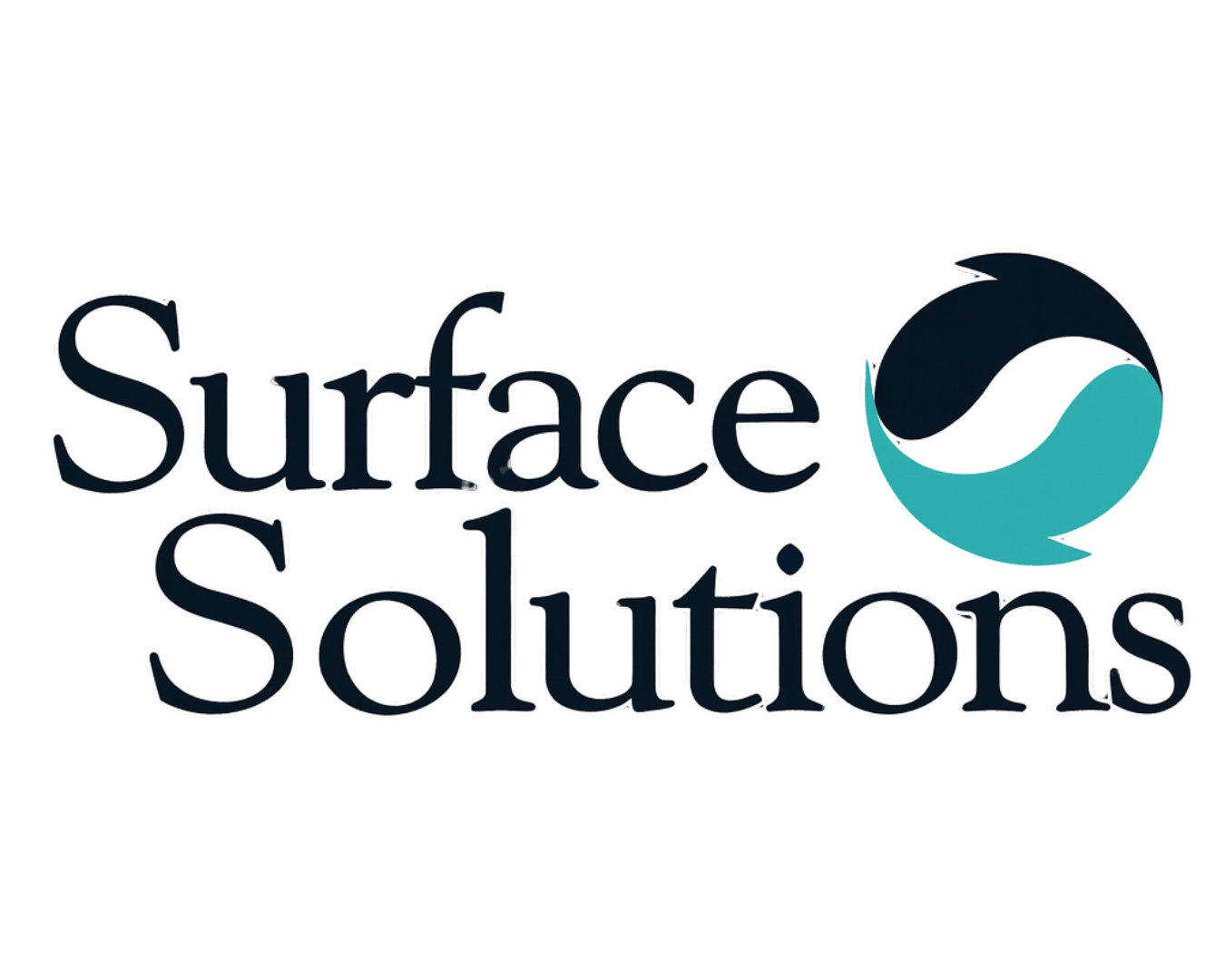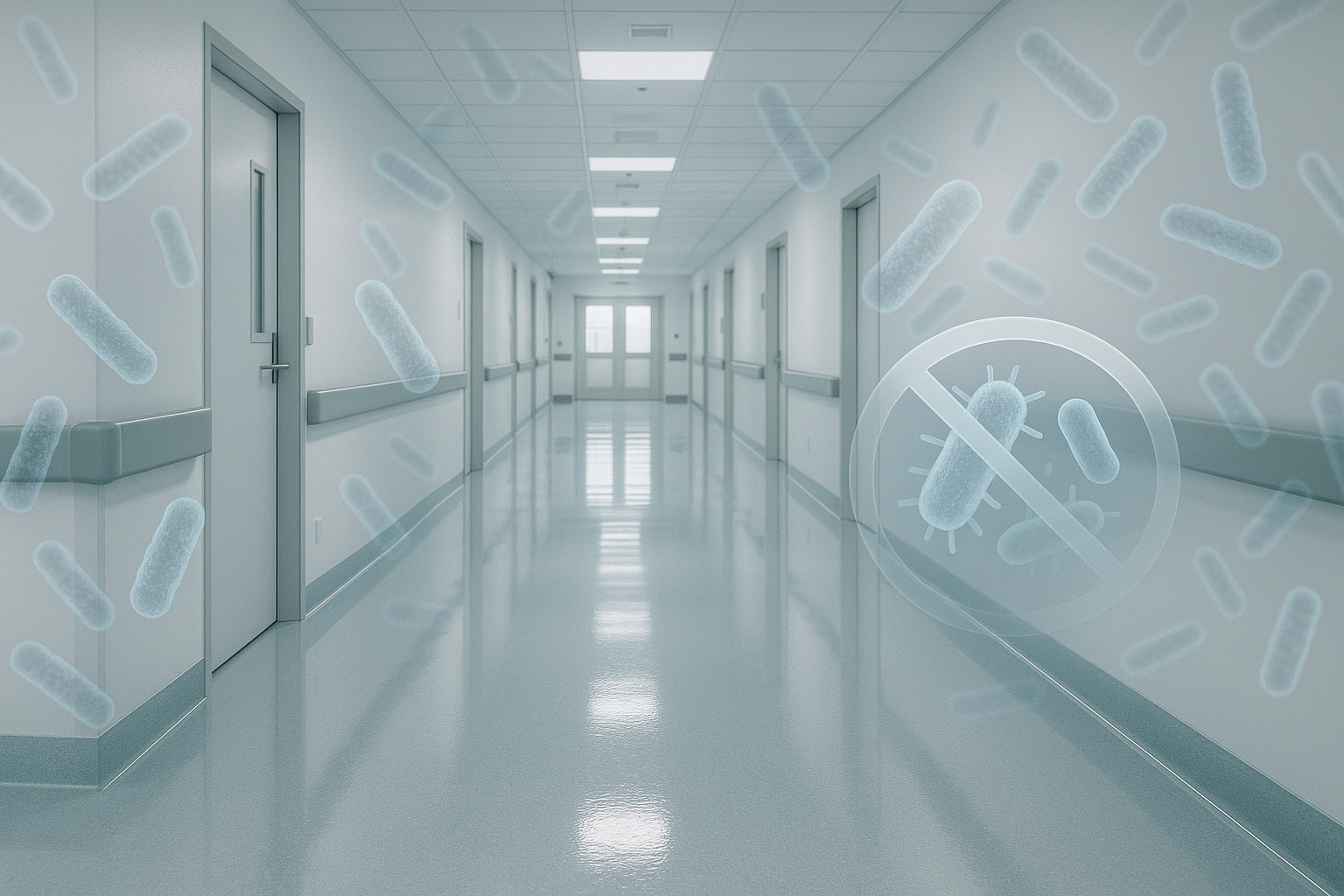Why Flooring Matters for Microbial Control
Floors are one of the largest surfaces in any building — and they’re also one of the most contaminated. Bacteria, mold, and other pathogens thrive in:
- Grout lines
- Cracks and seams
- Moisture-prone areas
Traditional flooring materials like VCT or tile often become microbial hot spots because they trap moisture and are difficult to sanitize fully. Seamless floors with anti-microbial additives disrupt this cycle.
What Is Anti-Microbial Flooring?
Anti-microbial flooring is formulated with additives that inhibit the growth of bacteria, mold, and fungi. Unlike topical coatings that wear off, these additives are built into the resin or sealer itself, offering protection throughout the life of the floor.
Benefits include:
- Long-lasting protection (even after repeated cleanings)
- Reduced risk of cross-contamination
- Better compliance with sanitation regulations
Epoxy Systems with Anti-Microbial Protection
Epoxy flooring can be customized to include:
- Anti-microbial resin systems for healthcare and food production
- Seamless cove bases to eliminate hard-to-clean corners
- Slip-resistant textures for wet zones
This combination makes epoxy an ideal solution for kitchens, hospitals, and labs where cleanliness is non-negotiable.
Polished Concrete and Densifiers
While polished concrete doesn’t contain resins, penetrating densifiers and guards can be specified with anti-microbial properties. Combined with regular cleaning, they create a hard, sealed surface that resists microbial growth.
Industries Where Anti-Microbial Floors Are Critical
- Hospitals & Clinics: Reduce infection risk in patient areas
- Pharmaceutical Manufacturing: Meet strict FDA/GMP guidelines
- Food & Beverage Plants: Maintain compliance during audits
- Schools & Daycares: Create healthier environments for children
- Veterinary Facilities: Control odor and pathogen spread
Long-Term ROI
Anti-microbial floors may cost slightly more upfront, but they pay off with:
- Lower cleaning chemical usage
- Reduced risk of product recalls or contamination events
- Fewer costly shutdowns due to sanitation issues
Surface Solutions’ Process
- Needs Assessment: Identify high-risk areas
- Material Selection: Choose resin or densifier with built-in protection
- Installation: Seamless application to eliminate cracks and seams
- Ongoing Support: Maintenance guidance to maximize lifespan
Build a Safer Facility From the Ground Up
Call 877-CSTM-FLR
Email carolina@cstmflr.comVisit www.cstmflr.com
Your floor should work as hard as your cleaning crew. Let’s make it part of your infection control plan.


.png)
